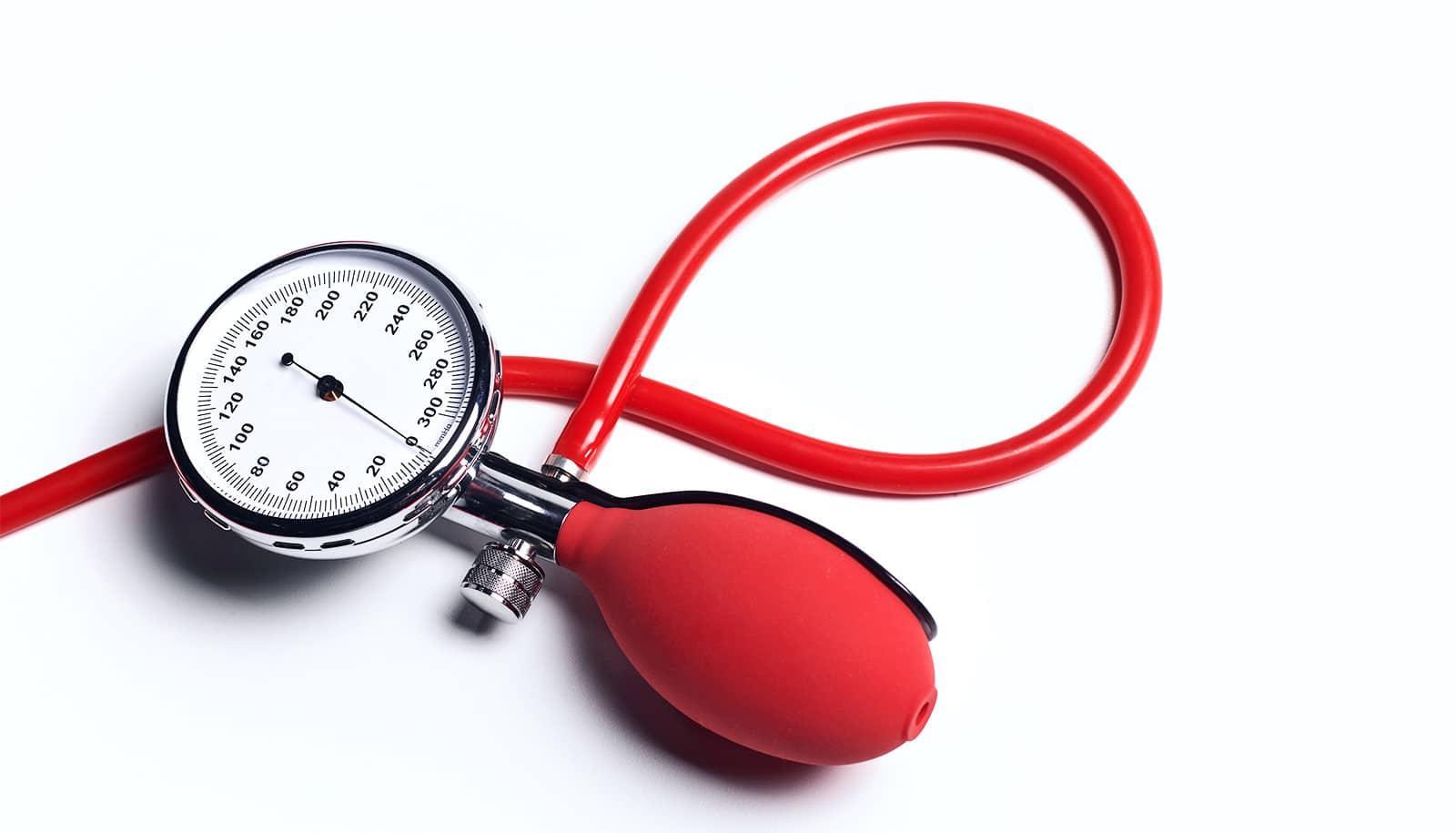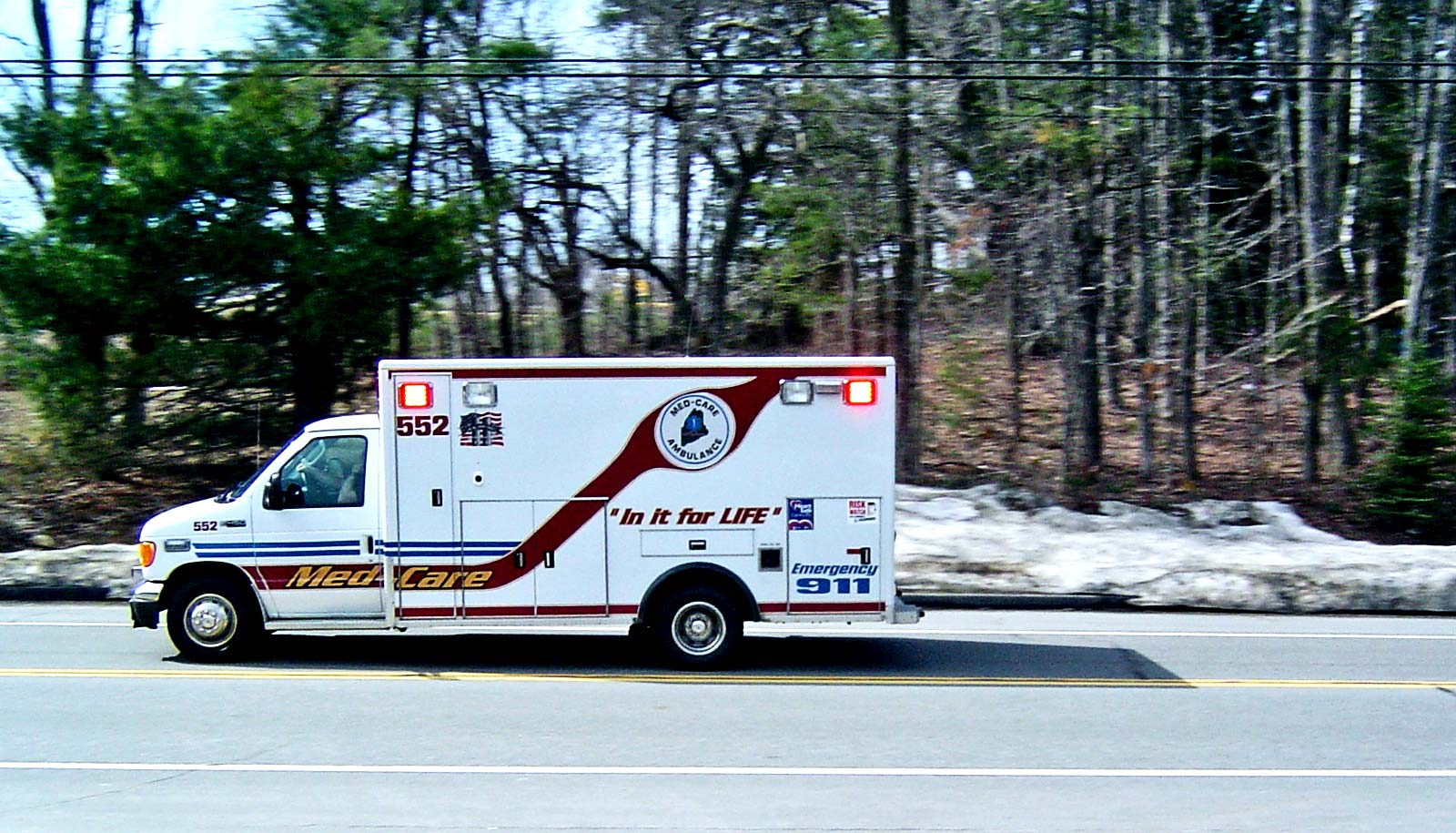Training community health workers on how to prescribe and adjust anti-hypertension medications and how to coach people to better manage their blood pressure could significantly benefit patients with high blood pressure in rural areas, researchers report.
High blood pressure is a leading cause of heart disease and early death, but many across the globe live in areas with limited access to high-quality health care.
The problem is especially serious in rural China where little more than 5% of hypertension patients have their blood pressure under control.
“…village doctor-led intervention was effective and is a feasible and sustainable implementation strategy that could be scaled up…”
The new study in The Lancet finds that these hard-to-reach patients could benefit from a simple intervention.
The study shows that community health workers, or “village doctors,” successfully treated people with uncontrolled high blood pressure in 326 villages in rural China using a standard treatment protocol and health coaching, resulting in over half of the people in the intervention group reaching normal blood pressure levels within 18 months. During the study, 57% of patients who were treated and coached by the village doctors were able to lower their blood pressure below 130/80 mm Hg and 77% had blood pressure levels lower than 140/90 mm Hg.
“To our knowledge, our study is the first randomized controlled trial to test the effectiveness of a community health worker-led intervention, in which they initiated and adjusted anti-hypertensive medications, on blood pressure control,” says lead author Jiang He, director of the Translational Science Institute at Tulane University.
“The village doctors were appropriately trained, had prescribing authority, followed a standard hypertension management protocol, and were supervised by primary care physicians and hypertension specialists.”
The study included nearly 34,000 adults, ages of 40 years and older, with either blood pressure levels 140/90 mm Hg or higher who were not being treated when the study began; people with blood pressure levels 130/80 mm Hg or higher who were taking blood pressure medication; or people with blood pressure levels 130/80 mm Hg or higher who also had a history of clinical cardiovascular disease.
The study villages were randomly assigned to a village doctor-led intervention program or a control group. People in half of the villages (16,588 adults; mean age of 63.2 years; 61.6% women) received their usual care for high blood pressure by their regular health care providers.
Those in the other 163 villages (17,407 adults; mean age of 62.8 years; 60.9% women) received the village doctor-led intervention.
The village doctors treated patients with hypertension using a simple, standard protocol that included regularly measuring blood pressure and adjusting high blood pressure medications, along with offering health coaching on home blood pressure monitoring, lifestyle changes, and medication adherence. Village doctors received training on standard blood pressure measurement, protocol-based antihypertensive treatment, and health coaching. They also received performance-based financial incentives based on the proportion of their patients with controlled blood pressure. Financial incentives varied and were decided by local primary care physicians who supervised the village doctors
Adults with high blood pressure in the intervention group were provided with home blood pressure monitors and trained on how to check their blood pressure levels at home. They received monthly health coaching in the first six months and then coaching every three months. The coaching included information on the risks of high blood pressure and lifestyle changes, as well as motivation and methods on taking their medication routinely, as prescribed. They were also encouraged to regularly communicate with their village doctor.
After 18 months, 57% of adults in the intervention group had blood pressure levels lower than 130/80 mm Hg, compared to 20% in the usual care group, while 77% of participants in the intervention group had blood pressure levels lower than 140/90 mm Hg, compared to 45% in the group who received usual care.
“The magnitude of blood pressure reduction in the patients who were in the intervention group is quite impressive,” says He, chair and professor of epidemiology at Tulane University School of Public Health and Tropical Medicine.
“These results indicate the village doctor-led intervention was effective and is a feasible and sustainable implementation strategy that could be scaled up to achieve more intensive blood pressure control among people with hypertension in rural China and other low- and middle-income countries with limited health care access.”
Source: Tulane University



